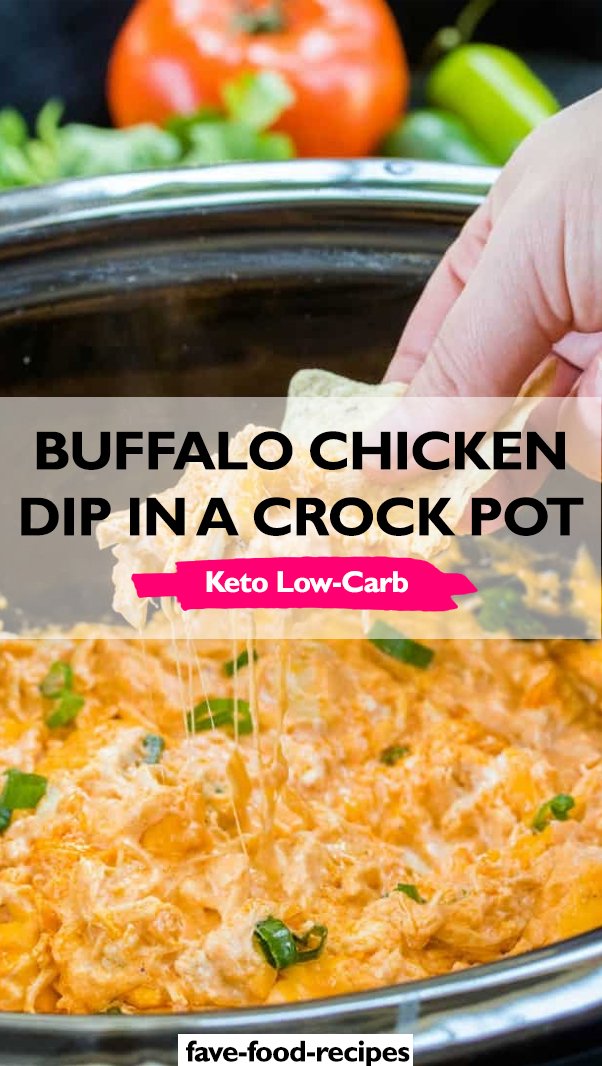Soak or not soak? To brush or not to brush? Learn how to properly clean your favorite types of mushrooms with this helpful guide.
There is a myth in the collective memory of the kitchen world that washing mushrooms is a bad idea. It is not true. First of all, mushrooms are mainly water. A little more will not change their flavor or texture. Second, mushrooms lose moisture when exposed to heat, so any additional water will simply cook. This means that you can wash the mushrooms conscientiously.
There is a myth in the collective memory of the kitchen world that washing mushrooms is a bad idea. It is not true. First of all, mushrooms are mainly water. A little more will not change their flavor or texture. Second, mushrooms lose moisture when exposed to heat, so any additional water will simply cook. This means that you can wash the mushrooms conscientiously.
The only caveat is to wash the mushrooms just before you need them: unwashed mushrooms last longer in the refrigerator.
Common store-bought mushrooms such as buttons, portobello, cremini and shiitakes often arrive with a peat-smelling culture medium attached to their skullcaps. Cleaning each cap with a nice mushroom brush may be a therapeutic meditation but bad for time management. To speed things up, de-stem the mushrooms (save the stems for stuffing or broths), fill a large bowl with water and dip the mushrooms in it. Shake the water with your hands and drain the mushrooms at the same time. Place them on a double layer of cotton tea towels and dry them.
Oyster mushrooms, maitake and other cultivated wild mushrooms.
Yes, the term "wild cultivated mushrooms" is an oxymoron, but we think you know what we mean. These mushrooms can also be washed. Oyster mushrooms should be washed like pimples, although they tend to be very clean. In the case of cultivated and frilly hen (also sold as maitake), be gentle: the hats of this mushroom are very delicate (at least in cultivation) and tend to break. Trim their ends and soak them for five minutes. Drain and dry very well; a salad spinner is perfect for removing moisture from frills. No salad spinner? Gently wrap them in a fine cotton cloth and swing them like windmills. We suggest you do it outside.
Chanterelles, morels and other wild mushrooms.
Chanterelles, morels and other wild mushrooms.
 |
| How to Wash Mushrooms ? |
Unlike the delicate hen grown in the woods, the wild hen is much larger and more robust and must be washed more aggressively. The wild hen of the woods grows at the base of trees or on the roots of trees on the ground and can be grainy. Cut them into pieces and wash them aggressively before drying them.
Chanterelles are wild summer mushrooms that are either virgin or covered with duff from the forest floor, depending on where they were harvested. Whether you foraged them yourself or bought them (they can't be grown), check the chanterelles carefully for tiny insect holes at the end of the stem. If there are none, wash them following the steps above. If you see telltale bites, add salt to your wash water: one tablespoon per four cups of water. Swoosh to dissolve the salt and add your mushrooms. Soak the mushrooms for 20 minutes. Salt water will expel all small creatures. Drain and repeat. Dry the mushrooms. This method works for any forage fungus that can harbor tiny critters, but this is usually only a problem in the summer.
To wash the textured honeycomb morels, first brush the mushrooms (sorry, exception!), Then wash them. Most people find it more efficient to cut the morels in the middle (they are hollow inside) for washing, but if you keep them intact, you may need to change the water and start over. The trick of the windmill or the salad spinner also suits them.
To wash the textured honeycomb morels, first brush the mushrooms (sorry, exception!), Then wash them. Most people find it more efficient to cut the morels in the middle (they are hollow inside) for washing, but if you keep them intact, you may need to change the water and start over. The trick of the windmill or the salad spinner also suits them.
This article adapted from this site






